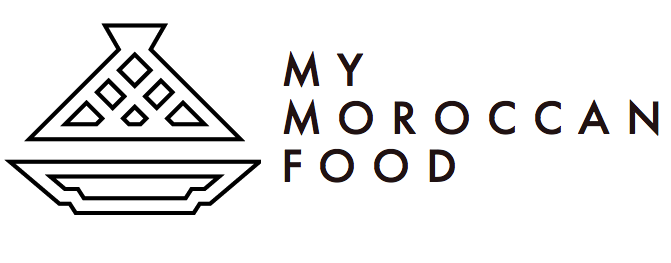Introduction to Couscous
/I have been meaning to tell you a bit more about these little tiny balls of semolina flour for a while but I haven’t had the chance. I am glad I can finally do it before the end of the year!
As the child of two strict Moroccan foodies, my experience with couscous growing up was very traditional. Let me explain. In Morocco the term “couscous” refers to a whole dish made usually of meat and vegetables cooked in a delicious broth served on a bed of steamed semolina granules (aka couscous!). “Couscous” never referred to a side dish or a salad and “couscous” was never cooked instantly. It was quite the opposite.
The word couscous comes from the Berber word keskas which refers to the utensil the couscous is cooked in. In Morocco, what we call “couscous” is actually known as smida and refers to tiny balls of semolina flours made of durum wheat.
This fundamental dish to Moroccan cuisine is cooked in large quantities and is commonly enjoyed on the national Moroccan holy day, Friday. Couscous is usually served in a communal dish and represents the opportunity to gather and share with family and friends.
It is hard to trace back the origins of couscous. However, many writers agree that couscous or (“smida” in Morocco) emerged in North Africa more than 2000 years ago with the Berbers (ethnic group indigenous to North Africa). The Berbers, Morocco’s first inhabitants are responsible for culinary methods and practices that are still alive today. The Berbers have also introduced the tagine utensil and are in fact responsible for the slow cooking and well-known cooking practice.
Couscous is definitely “the” staple meal in North Africa, and while the principle of the dish remains the same everywhere across the region (steamed semolina granules + vegetables/meat/fish + broth) each country and even each family has their own way of preparing it. In Morocco, couscous usually refers to the most basic version of the famous dish: the 7 vegetables couscous with Meat. I personally love it with a big dollop of caramelized onions and raisins (called tfaya) and some spicy harissa!
The majority of the couscous that is sold in supermarkets has been industrially rolled, pre-steamed and dried. It usually comes with very easy instructions that allow you to enjoy a warm couscous within minutes. What’s interesting about couscous is how we prepare it and how we cook it in the “western world” versus Morocco and the rest of North Africa.
Traditionally, couscous is hand-rolled at home. This means that it is made from scratch with semolina flour and water. The semolina flour is sprinkled with water and hand-rolled to create small pellets, which are then sprinkled with dry flour to keep them separate and then sieved. This process is repeated until all the semolina flour has been formed into small balls of couscous. The hand-rolled granules are then either steamed or dried.
The truth is that I see less and less Moroccans hand-rolling their couscous at home, they usually purchase an already hand-rolled couscous from a trustworthy source. But while Moroccan women stopped hand-rolling their own couscous, they will never (never!) cook it instantly. To be honest, my mom is horrified every time I make instant couscous at home. She believes in one method: steaming the couscous in a couscoussière over the meat and the vegetable broth.
A couscoussière, also known as keskas in arabic is the conventional steamer for couscous. Its base is tall allowing for plenty of vegetables and meat to cook in the broth and on top of its base sits a steamer allowing the granules of couscous to absorb the flavours from the broth.
I absolutely love having steamed couscous. Steaming your couscous will always guarantee a light and beautifully fluffy result and will make the whole meal a memorable experience. However, I have to say that sometimes, I simply have no time and even though I can imagine my mom given me “the look” I shamelessly make instant couscous. I think instant couscous is great and if you compare how it tastes versus how much time and effort you put into its preparation, some of you might think steamed couscous is just not worth it.
Making sure you don’t add to much water to your instant couscous will help obtaining a nice result. Also, fluffing up your cooked instant couscous with a spoon and a drizzle of olive oil will help separate the granules of couscous.

